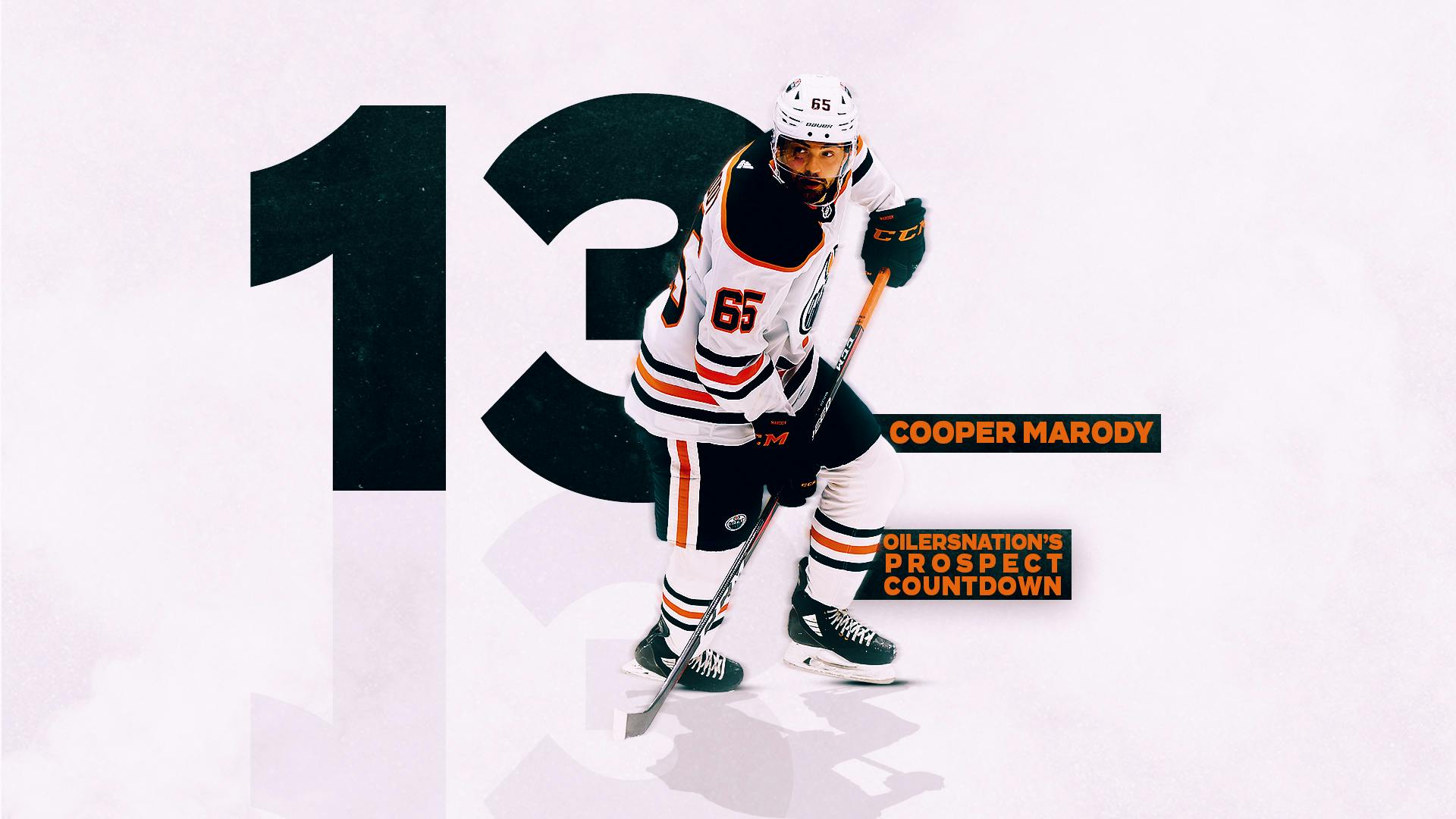While the Oilers were slogging through a frustrating 2018-19 season, the group down in Bakersfield provided a pleasant distraction and a sense of optimism for the future.
The Condors put together a 42-21-5 record, far and away the best showing by an Oilers’ AHL affiliate we had seen since Taylor Hall, Jordan Eberle, and Justin Schultz dominated the league for the Oklahoma City Oil Barons during the 2012 lockout and Mark Arcobello carried the torch the rest of the way.
One of the keys to Bakersfield’s success was the play of Cooper Marody, a relatively unknown prospect that the team had acquired from the Philadelphia Flyers in March of 2018. Marody burst onto the scene with a 64-point rookie season, immediately putting himself on the map as a prospect worth watching.
Come playoff time, though, Marody got drilled into the boards from behind by Kale Kessy, a minor-league enforcer, and suffered a concussion. Things haven’t been the same for him since.
Cooper Marody
Position: Centre
Shoots: Right
Nationality: United States
Date of Birth: Dec 20, 1996
Drafted: 2015, No. 158 overall (PHI)
Height: 6’0″ / 183 cm
Weight:194 lbs / 88 kg
Shoots: Right
Nationality: United States
Date of Birth: Dec 20, 1996
Drafted: 2015, No. 158 overall (PHI)
Height: 6’0″ / 183 cm
Weight:194 lbs / 88 kg
Marody is ultimately what the Oilers have to show for Patrick Maroon. At the 2018 trade deadline, Edmonton shipped Maroon to the New Jersey Devils for J.D. Dudek and a third-round pick. Dudek never played for the Oilers organization and that third-round pick was soon flipped to Philadelphia for Marody.
The Flyers selected Marody with the No. 158 overall pick in the 2015 draft. He went on to play three seasons for the University of Michigan, the third of which he finished sixth in NCAA scoring with 51 points. Despite that breakout showing, the Flyers decided they weren’t interested and moved Marody for a third-rounder.
Marody’s first season in the Oilers organization, as I mentioned earlier, was phenomenal. He was the pivot on a trio with Tyler Benson and Josh Currie that served as Bakersfield’s top line, finishing the season with 19 goals, 45 assists, and a plus-31 rating. Marody’s strong play earned up a cup of coffee with the big-league club, though he didn’t record a point during his six-game stint.
In 2019-20, Marody posted just five goals and 17 points across 30 games, much lighter production than his stellar rookie season. He suffered a lower-body injury in November that made it difficult to get going and ultimately had his season ended in January due to an upper-body injury. You also have to assume there were some lingering effects from the nasty Kessy hit that knocked Marody out of the playoffs.
At this point, the hope for Marody is that he’s fully healthy and ready to put that frustrating, injury-riddled 2019-20 season behind him. If all goes well, Marody can develop into a nice depth forward for the Oilers who can contribute offensively from the bottom-six.
We’ve seen Marody produce at both the NCAA and the AHL level so there’s obviously reason to believe that there’s a player there. He boasts high-quality skills and excellent vision and creativity in the offensive zone. The drawback for Marody, though, is that he isn’t a big guy and he isn’t a great skater.
Poor skating generally tends to be the defining trait of guys who can produce in the AHL but can’t make the jump to the NHL. After the 2018-19 season, Corey Pronman wrote about Marody, saying that he believed his skating had improved enough to hack it at the NHL level…
[Marody] plays the game the way I like. He’s full of skill and offensive creativity. He’s shown he can make plays through defenders at the pro level like he did in college. He sets up his teammates very well. His skating was pointed out as a big flaw by scouts when he was younger. He’s not fast, but he skates fine now, in my opinion. Even though he’s not the biggest or quickest, he looks able to handle the NHL pace and physicality, and was very good at the AHL level.
A few years ago, Marody might have been one of those guys who got lost in the shuffle of not being good enough to crack an NHL team’s top-six while also not boasting the tools to find a role in the bottom-six. But the fact that NHL is moving towards operating with three (and, in some instances, four) lines geared towards offence bodes well for him.
He might not be able to make it long-term as a centre because of his lack of speed but Marody can be a useful player for the Oilers on the wing who offers offence and versatility. Internally developing cheap and effective talent makes life a lot easier when navigating a difficult salary cap situation.
Once things get going in the new year, Marody will be auditioning both to be an injury call-up during the 2021 season and as a cheap roster plug-in beyond that. He’ll be a restricted free agent at the end of the season, so this is a big season for Marody to get back on track.
For reference, players who I consider to be “prospects” for this countdown are skaters who have played fewer than 50 NHL games and goaltenders who have played fewer than 25 NHL games. I’m basing the rankings on a combination of upside and the likelihood of reaching that potential.

